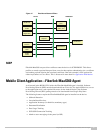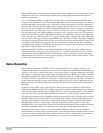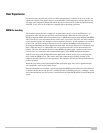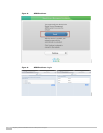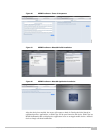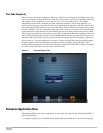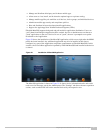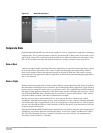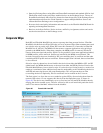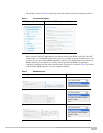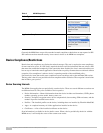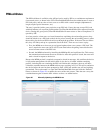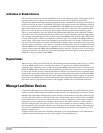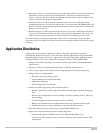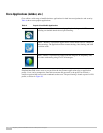
33
Integrating Fiberlink MaaS360 with Cisco Identity Services Engine
• Querying Exchange Server using Microsoft PowerShell commands and standard APIs for vital
information related to the ActiveSync enabled devices on the Exchange Server. The use of
PowerShell and related APIs allows for abstraction from the specifics of the Exchange Server
implementation and allows the Cloud Extender to support multiple Mailbox Servers and
clustered/resilient Exchange server configurations.
• Processes device and policy information and transmits it to the Fiberlink MaaS360 Portal for
reporting and management functions.
• Receives ActiveSync Policies, Device Actions, and Policy Assignments actions and carries
out the relevant actions on the Exchange server.
Corporate Wipe
Both ISE and Fiberlink MaaS360 can remove corporate data from personal devices. Fiberlink
MaaS360 calls this Selective Wipe. ISE refers to it as a Corporate Wipe. Other common terms used
are selective wipe or partial wipe. When ISE issues this command, it is forwarded to Fiberlink
MaaS360 via an API call. The MDM will then remove corporate applications using privileges
granted to the MDM Profile. When these complete, the MDM profile is removed, which will
remove all the associated sub-profiles. While it is also possible to leave some applications behind,
all MDM profiles will be removed. Profiles not installed by the MDM are not deleted. This
includes two profiles that were installed by ISE, one containing the CA certificate and the other
containing the WiFi profile and user certificate. When an application is deleted, the associated data
is also removed.
Selective wipes by themselves do not blacklist the de
vice from either the MDM or ISE. An ISE
administrator, the MDM administrator, or the user from either the ISE My Devices Portal or the
Fiberlink MaaS360 may issue a selective wipe. If a selective wipe is being issued as a result of an
employee’s termination, then additional steps must be undertaken, such as blacklisting the device
with ISE and removing the user AD group memberships. This will prevent the user from
re-enrolling the device. Optionally, the user certificate can be revoked on the CA server.
The final action is to force the user to re-authori
ze against ISE by disassociating them from the
network. ISE release 1.2 now supports this directly from the Operations page, as shown in
Figure 26. The device may immediately try to re-associate, but will match the blacklist thereby
denying the device network access. The user will not be able to self-enroll this particular device
u
ntil IT has removed the MAC address from the blacklist.
Figure 26 Forced CoA from ISE



